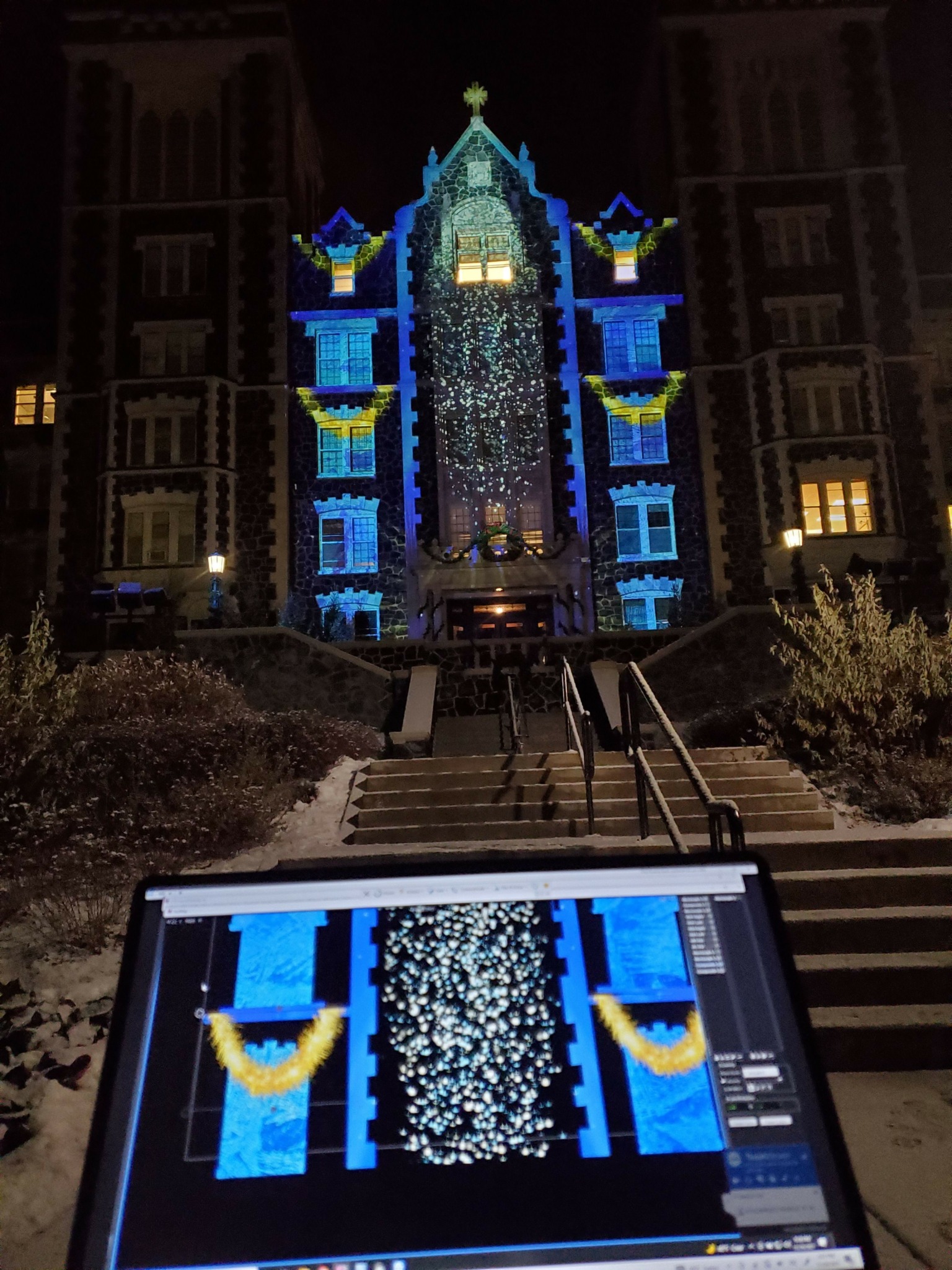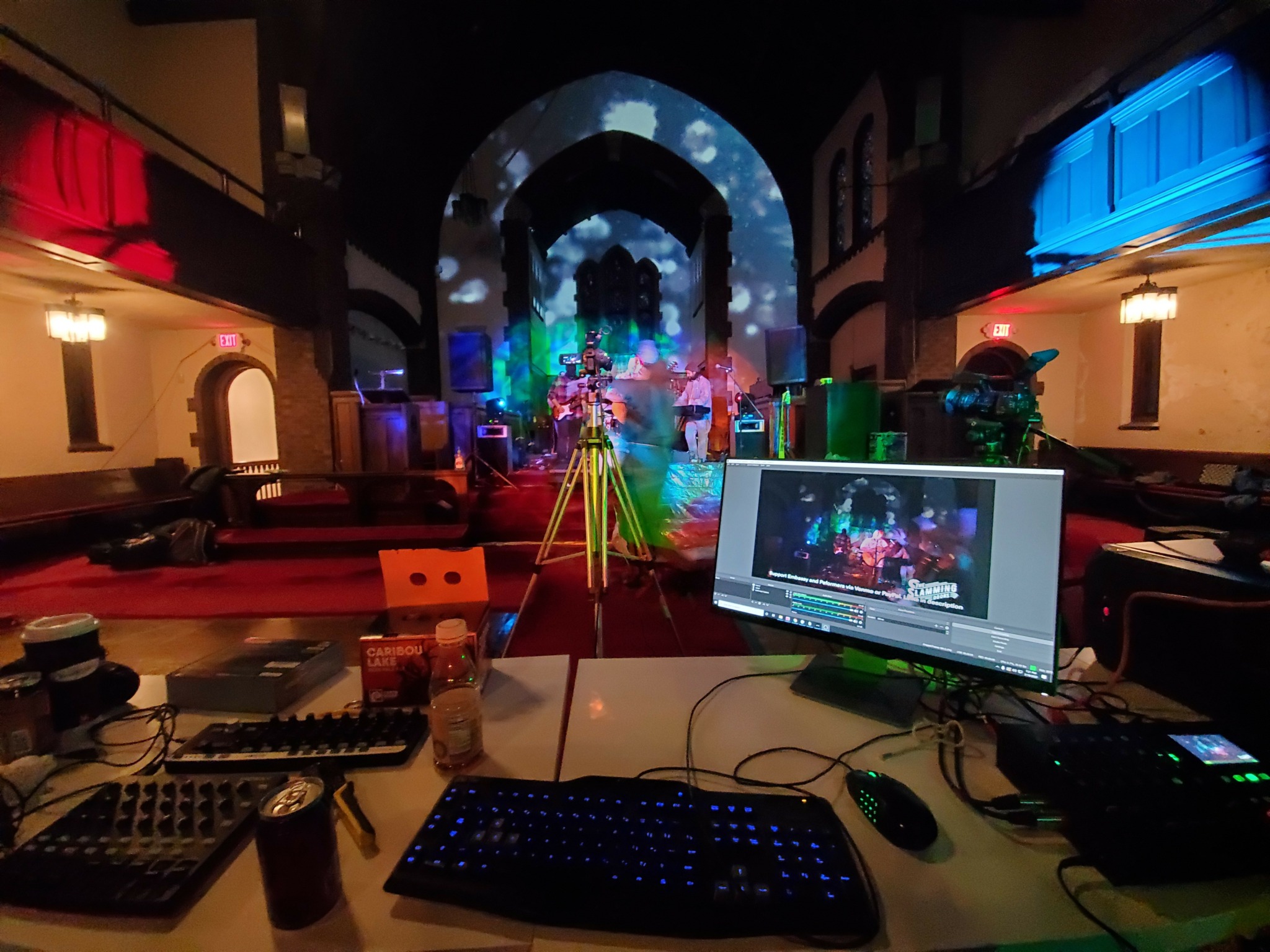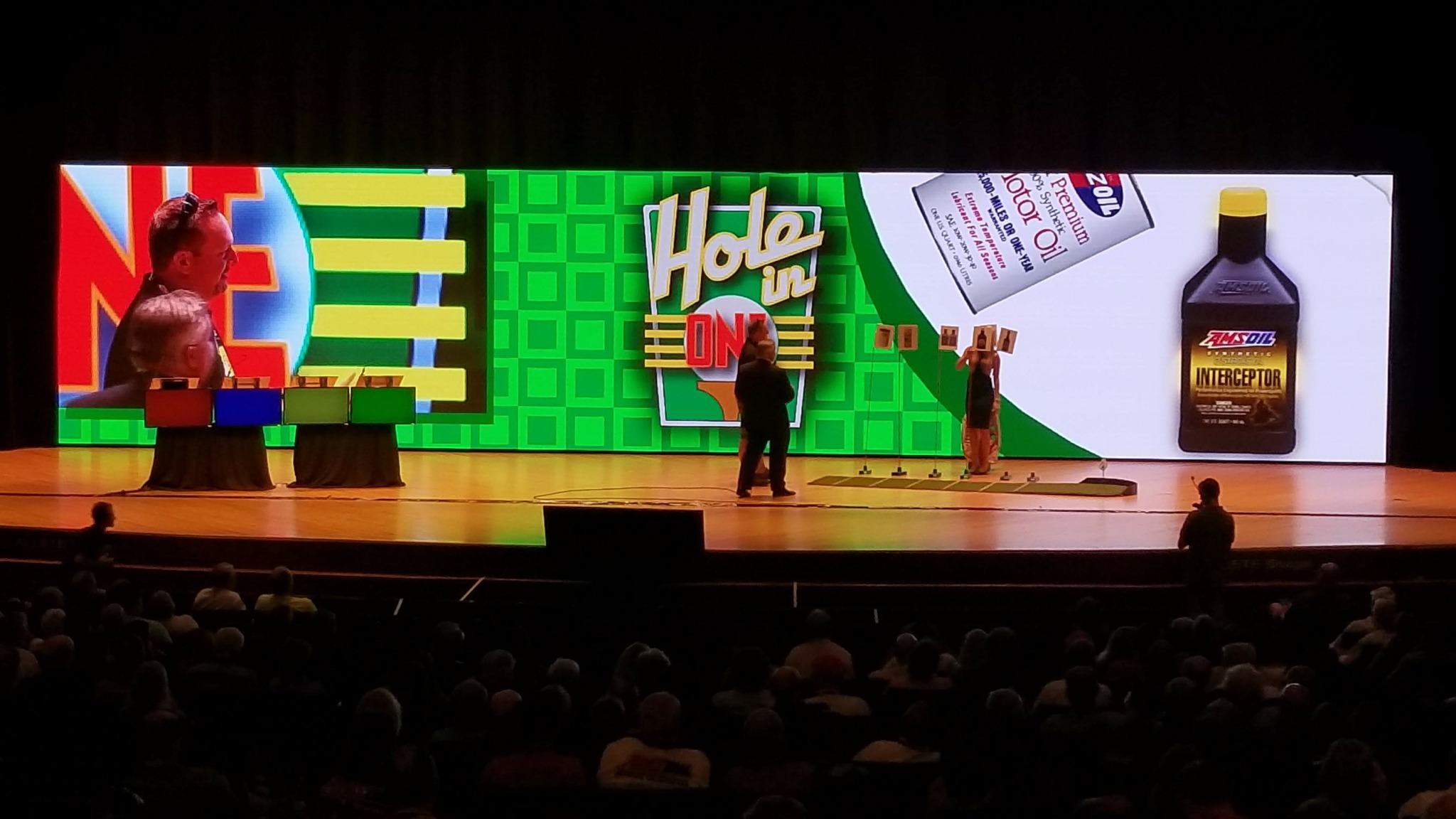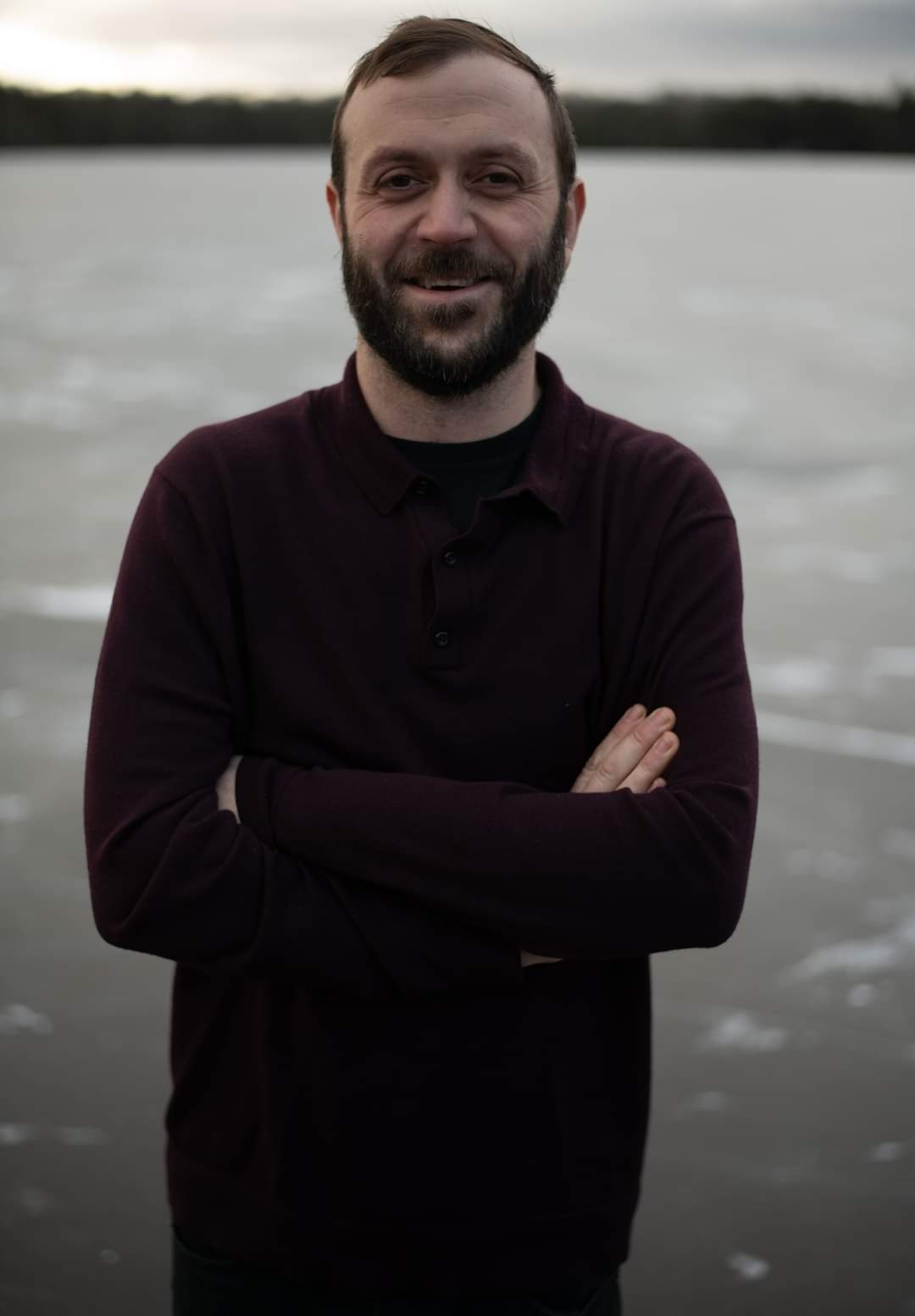We caught up with the brilliant and insightful Daniel Benoit a few weeks ago and have shared our conversation below.
Daniel, thanks for taking the time to share your stories with us today Can you open up about a risk you’ve taken – what it was like taking that risk, why you took the risk and how it turned out?
This is the story of how I accidentally started a cult. In 2019, after working as a professional theatrical projection designer for seven years, I came to the conclusion that I needed to do something about my frustration with the limitations theatrical productions imposed on my work. I came up with the idea to create a 360 degree immersive installation in a vacant building in downtown Duluth.
The original concept was centered around the idea of simulating a better future. I set out to bring together a small group of artists from a variety of mediums to imagine technologies that would solve Earth’s most pressing problems. I found several local art patrons willing to back the rental of the space, a production company willing to support the technical installation, and applied for a grant to fund the artists interested in producing work for the exhibition.
The patrons and production company through, but I failed to win the grant. One of the artists I had contacted, Troy Rogers, encouraged me to push forward anyways and retool the exhibition as a pop-up venue for local musicians. The risk was whether to proceed or not. With a prime location and resources secured to create the 360 projection venue, we decided to push forward, open the floodgates, and see who was willing to come out and play.
For Duluth, being a small city of only roughly 80,000 people, the scope and scale of this pop-up was well beyond the norm. The entire endeavor became a complete trust fall with the community. Would my sponsors be okay with the change in concept? Would musicians agree to perform with no guaranteed pay? Could we raise a volunteer force to clean the space, run the sound, and staff the event? Could we get the city to grant us a permit for something so far off the map? The answer to all these questions was yes, and the results were successful beyond my wildest dreams. For four days a torrent of raw creative energy, fueled by a community hungry for something new, and artists willing to share and create space together, unleashed an ecstatic spectacle of light and sound.
When the dust settled, we gathered in a circle to review what happened, and unanimously decided that whatever the heck just happened, we needed more of it in our lives. Someone threw out the idea of starting an “art cult” (collective) and that seemed to click with everyone in attendance. We started organizing and by March of 2020 we had found an abandoned church to serve as the home for our multidisciplinary efforts to collectively produce experimental art.
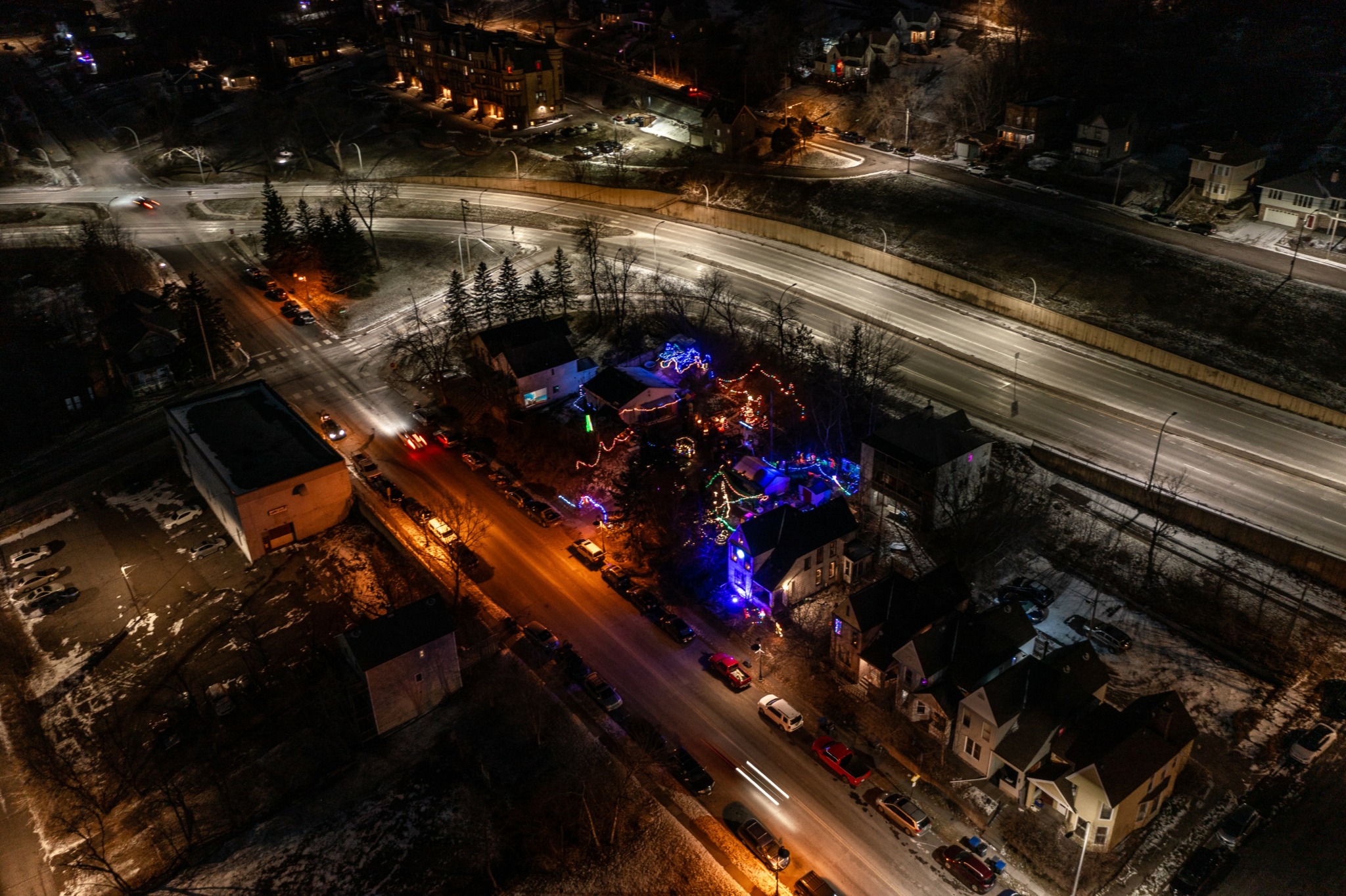
Great, appreciate you sharing that with us. Before we ask you to share more of your insights, can you take a moment to introduce yourself and how you got to where you are today to our readers.
My personal story is long and winding. I’m a neurodivergent gay artist, designer, and community art activist. In my high school years I became heavily involved producing media and projections for an entertainment focused faith community where I was essentially being groomed for ministry. Being gay, that path didn’t work out too well, but I knew that I wanted to continue working in media and production. I’m not the type of person that learns well in the classroom, so in lieu of going to college, I moved from my small hometown of Willmar, Minnesota to the wild west ski town of Crested Butte, Colorado. After spending three years there on “self-discovery” my ambition began to surface. I quit my job, spent the $1,000 my grandma had left me for school on a Panasonic DVX video camera, and told my self I was going to survive off freelancing and filmmaking, or go home.
My first gig was producing a music video for the Teocalli Tamale restaurant. I was paid $2,000 in burrito credits which kept me alive while I started figuring out how to become a creative professional. In those early years I did any and all media and advertising work I could get paid to do. Web and graphic design, video gigs, animation, and a constantly rotating sidecar of odd jobs. These efforts allowed me to start building an inventory of equipment I would go on to use in the creation of my first collective, The Crested Butte Film Tribe, and laid the groundwork for the sort of “tick tock” experimental process I still use to this day. The “tick” is freelance work I complete for professional clients that serves to fund my life and equipment, the “tock” is the experimental artwork that is my voice and serves to progress my skills and creative talents forward.
Through my experimental film work I began to revisit projection as a tool for production design. Eventually the CBFT began to break apart, and after spending seven years out in the deep mountains, I was starting to feel a bit homesick. It became clear to me that I need to be in a location with more opportunity. David Steinman, a friend of mine from high school, was becoming a rising star in the Minneapolis theatre community. He was writing and producing an original piece of theatre that he hoped to use extensive projection throughout and reached out to me after seeing some of my work on social media. I was driving through Nebraska on my way home to my parents’ farm when I received David’s request, I changed my destination to Minneapolis, and spent the next few weeks living in his basement while I learned how to use projection mapping software and installed and completed my first true projection design. The real magic of that moment was my near instantaneous transformation from an ADHD fueled “all over the place designer” into a niche specialist of projection design.
Projection design used nearly all of the random skills I had picked up in my freelancing adventures and combined them into a single practice. I went from feeling completely lost to being absolutely obsessed and passionate about stage projection. As my practice has grown, both artistically and professionally, I continue to lean on this lesson. That my mind is tailored to find the connection between things. It’s why today I still don’t neatly fit into any one category. It is the space between things and the relationships between perception, technology, people, and culture that I continue to explode, animate, and reorder.
My work today is centered around my home studio. I’ve arranged all of the tools, skills, and resources I’ve gathered in the last 15 years into a DIY space that is dedicated to not only experimental media and production work, but also serving as a space for neurodivergent, queer, and just plain weird creators to feel supported and empowered.
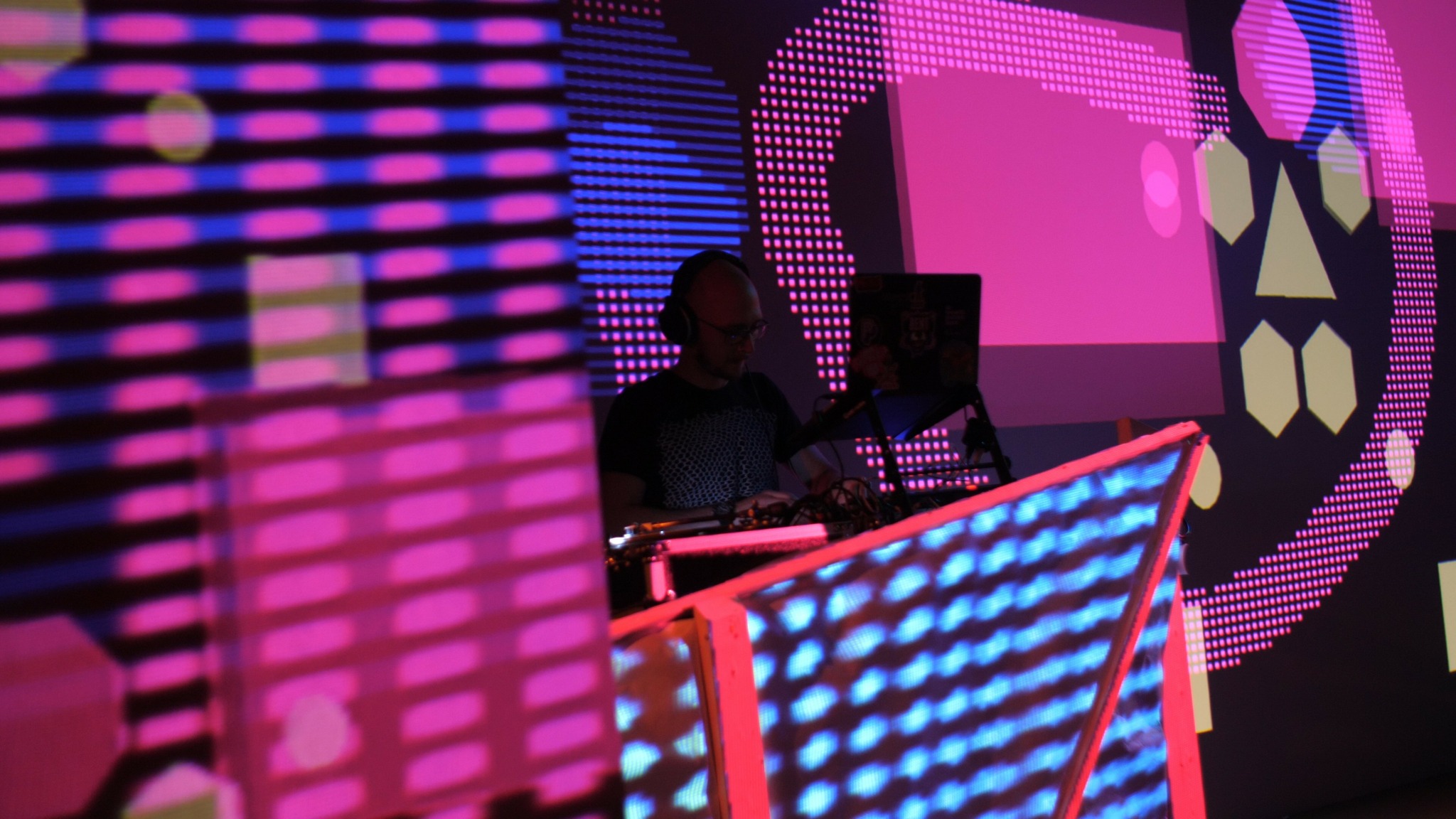
Have any books or other resources had a big impact on you?
I’ve been heavily inspired by the thinking of Mark Fisher. I was initially introduced to him through the book Post Capitalist Desire which details his final lectures before he unfortunately committed suicide. Mark, riffing off of Slavoj Žižek’s quote “It’s easier to imagine the end of the world than the end of capitalism”, details the relationship between capitalism and creativity. As my own work relies on the “tik tok” process I touched on earlier, I found his exploration of how capitalism affects our capacity to dream and imagine new futures to be massively insightful and impactful. I could not do the work that I do without the tools and resources made available to me through capitalism, but capitalism simultaneously limits our creative thinking when it’s forced into the service of capital. We’re at a critical moment in human history where the flaws in our current social and economic systems are becoming painfully obvious. I am an artist and entrepreneur, but more than making money or achieving fame, I love solving problems. I love fixing things. I love striving to make my community a better place to live and work. Learning to find the good and useful elements of capitalism while also learning to imagine and implement systems that work outside of, and beyond it, to me, is a delicious challenge full of amazing opportunities for innovation and discovery.
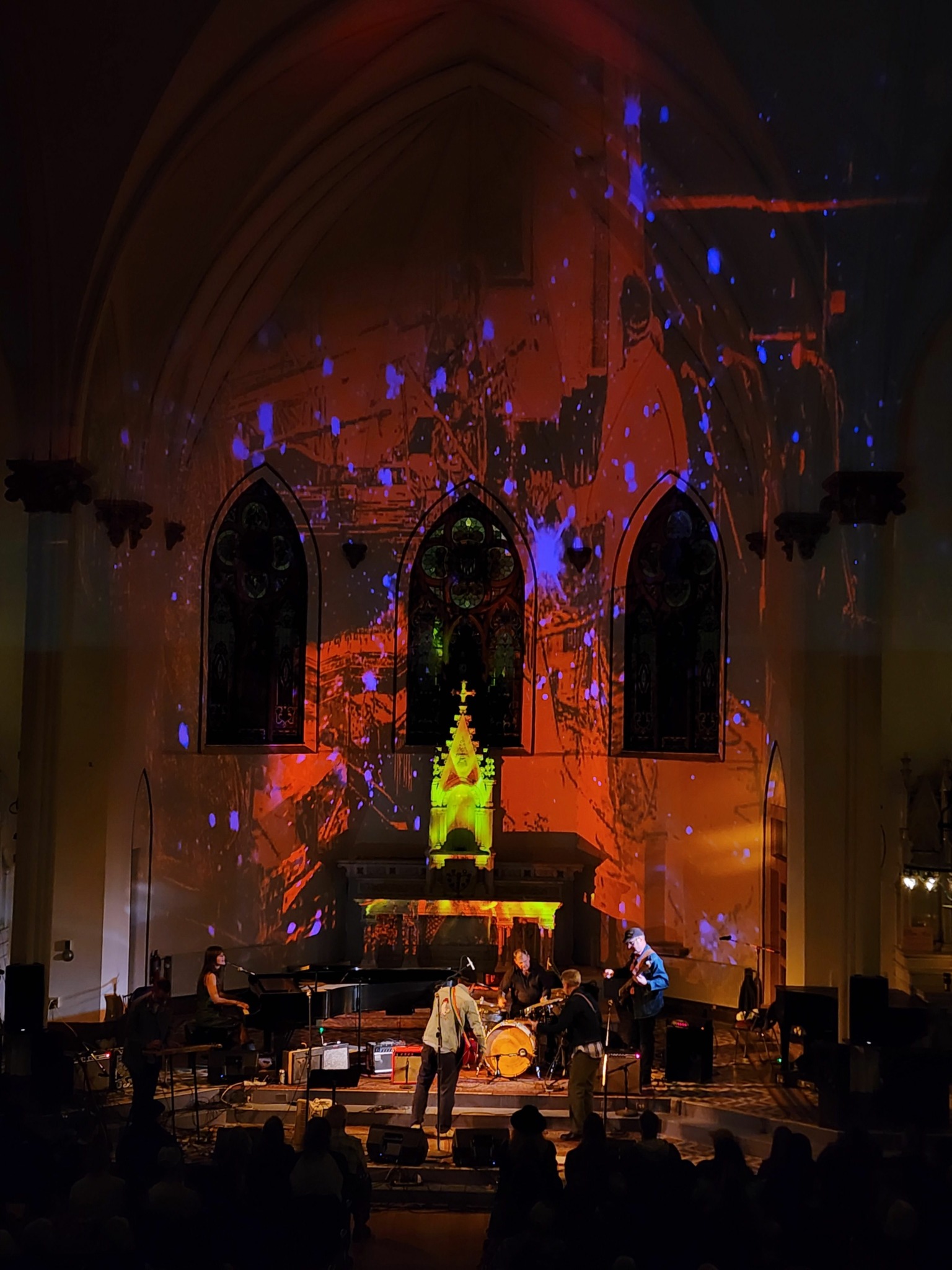
Is there something you think non-creatives will struggle to understand about your journey as a creative?
One thing I think many non-artists don’t understand is that our best work is often tied into our harshest flaws. For me, having pretty severe ADHD, I’m plagued by overloaded senses. When I sit inside of a theatre programming, or I’m working on an immersive design combing lights, sound, and projection, what I’m doing is ordering my senses. I immerse myself within sensory chaos. Patterns, textures, sound, light, movement, graphics, animations, on and on, and I sit there until it’s ordered and makes sense. I design until I’m calm.
Several of my most talented artist friends that work in drawing and painting have joint and muscle issues. The pain of improperly moving their fingers gives them a hyper awareness of the muscles and movements in their hands, leading to delicate strokes and intention behind every line. Society likes to imagine artists as living some recklessly glamorous lifestyle, and maybe that’s true 1% of the time, but the reality if you look closely enough is that there is always a struggle.
In my mind, this is often why many artists excel at entrepreneurship. We live in constant struggle, forced to develop methods and processes of dealing with pain in our own way. I think any entrepreneur will tell you that the skill set of learning to overcome is a key component of any successful endeavor.
Contact Info:
- Instagram: @the.tbdb
- Facebook: https://www.facebook.com/djbenoit
- Youtube: https://www.youtube.com/@TBDBTV
- Other: All of my branding is in flux right now as I retool everything around my home studio/lab/venue, website and loads of content will be coming soon.
2nd instagram for Boubville, the light and music festival I produce on my property every year, is @feelslikeboubville
